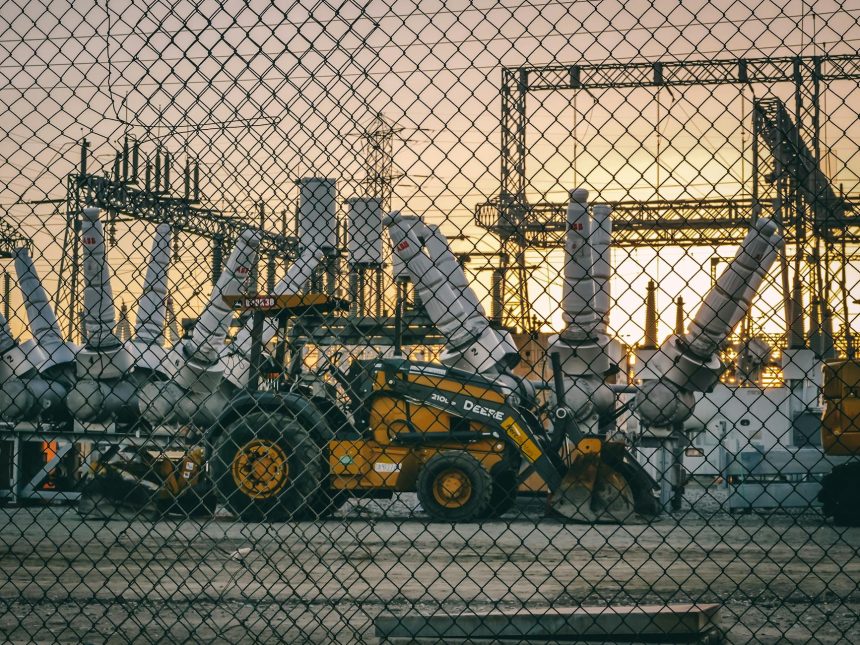small modular nuclear reactors
Small Modular Nuclear Reactors: The Future of Energy?
The quest for cleaner, more reliable energy sources has intensified, and small modular nuclear reactors (SMRs) are emerging as a compelling contender. These advanced nuclear technologies promise a shift in how we generate power, offering potential benefits like reduced emissions, enhanced safety, and greater flexibility. But are they truly the silver bullet for our energy needs, or are there significant hurdles to overcome?
What Exactly Are Small Modular Nuclear Reactors?
Small modular nuclear reactors, or SMRs, represent a new generation of nuclear power technology. Unlike traditional large-scale nuclear plants, SMRs are designed to be built in factories and then transported to their installation sites. This modular approach is key to their potential advantages.
Key Characteristics of SMRs:
- Smaller Footprint: They are significantly smaller than conventional reactors, requiring less land.
- Factory Fabrication: Components are manufactured off-site, leading to improved quality control and potentially faster construction times.
- Scalability: Multiple modules can be added to increase power output as needed.
- Enhanced Safety Features: Many SMR designs incorporate passive safety systems that rely on natural forces like gravity and convection, reducing reliance on active human intervention.
The Promise of SMRs: A Paradigm Shift in Power Generation
Proponents of SMRs highlight a range of benefits that could revolutionize the energy sector. These advantages address many of the historical criticisms leveled against traditional nuclear power.
Environmental Advantages:
One of the most significant draws of SMRs is their potential to contribute to decarbonization efforts. Nuclear power, by its nature, produces electricity without direct greenhouse gas emissions. This makes SMRs an attractive option for countries aiming to meet ambitious climate targets.
Economic and Operational Benefits:
The modular design and factory production of SMRs could lead to lower upfront capital costs compared to massive, traditional nuclear plants. This makes them more accessible for a wider range of investors and utilities. Furthermore, their smaller size and flexible deployment options mean they can be sited in locations where large plants are not feasible, potentially revitalizing remote communities or industrial sites.
Improved Safety and Security:
Modern SMR designs often feature advanced safety systems. These systems are designed to function even in the event of a power outage or other emergencies, significantly reducing the risk of accidents. The smaller inventory of nuclear material also presents a different security profile compared to larger facilities.
Challenges and Considerations for SMR Deployment
While the potential of SMRs is considerable, the technology is still in its nascent stages of development and deployment. Several critical challenges must be addressed before they can become a widespread reality.
Technological Maturity and Demonstration:
A significant hurdle is the lack of widespread operational experience. While many designs exist on paper and some prototypes are under development, few have reached the commercial deployment phase. Demonstrating the reliability, safety, and economic viability of these new technologies in real-world conditions is crucial.
Regulatory Approval and Licensing:
Nuclear power is a highly regulated industry. Obtaining regulatory approval for novel SMR designs can be a complex and lengthy process. Governments and international bodies need to establish clear and consistent licensing frameworks to facilitate their introduction.
Public Perception and Acceptance:
Public perception of nuclear power, often shaped by past incidents, remains a significant factor. Educating the public about the advancements in SMR technology, particularly their enhanced safety features, will be vital for gaining widespread acceptance.
Waste Management and Decommissioning:
Like all nuclear technologies, SMRs will produce radioactive waste. While the volume of waste per unit of energy produced might be different from traditional reactors, effective long-term waste management strategies and cost-effective decommissioning plans are still essential considerations.
The Road Ahead for Small Modular Nuclear Reactors
The development of small modular nuclear reactors is a dynamic and evolving field. Several countries and private companies are actively investing in research, design, and pilot projects.
Key steps for future SMR success:
- Continued research and development to refine designs and enhance safety.
- Successful demonstration projects that prove operational viability.
- Streamlined and robust regulatory processes for licensing.
- Effective public engagement and education campaigns.
- Development of comprehensive waste management and decommissioning solutions.
The journey for SMRs is far from over, but their potential to provide a clean, reliable, and flexible energy future is undeniable. As these technologies mature and overcome current obstacles, they could play a pivotal role in the global transition to sustainable energy.
Interested in learning more about the future of energy? Explore the latest advancements in renewable technologies and their integration with nuclear power.
© 2025 thebossmind.com
small modular nuclear reactors, SMRs, nuclear power, clean energy, energy technology, future of energy, advanced nuclear, decarbonization, energy transition
The Future of Energy: Are Small Modular Nuclear Reactors the Answer?
Small modular nuclear reactors (SMRs) are generating buzz as a potential game-changer in the energy landscape. This article dives deep into what SMRs are, their exciting promises for cleaner, more flexible power, and the significant challenges that lie ahead for their widespread adoption. Discover if these advanced nuclear technologies are truly the future of energy.
Featured Image Search Value:
futuristic small modular nuclear reactor design blueprint, clean energy concept, advanced technology, power generation
Featured image provided by Pexels — photo by Kindel Media



